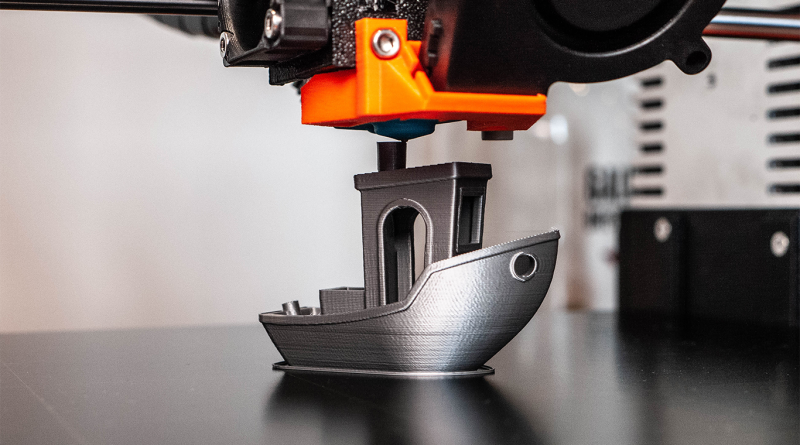US Army Corps Produce Ship Arrestor System With 3D Printing
In an innovative leap for military infrastructure, the US Army Corps of Engineers, in collaboration with Lincoln Electric, has successfully implemented a cutting-edge 3D printing technology to develop a crucial component of the ship arrestor system at the Poe Lock. This project not only underscores the advancing capabilities of additive manufacturing but also marks a significant enhancement in the safety and reliability of critical maritime infrastructure.
Addressing the Infrastructure Crisis
The initiative began when engineers identified severe cracks in the sixty-year-old lever arms of the Poe Lock’s ship arrestor system during routine checks. The critical nature of these components, essential for the operation of large booms that protect lock gates from ship impacts, necessitated an urgent and durable solution. Opting for metal 3D printing, the team set out to fabricate a robust replacement that could withstand the rigors of the maritime environment.
The production process was meticulously planned and executed. The US Army Corps of Engineers and Lincoln Electric’s collaboration focused on designing lever arms that could be printed with minimal distortion and maximum durability. The components were constructed using high-strength, low-alloy steel through wire-arc additive manufacturing, followed by a sophisticated post-processing routine involving welding, machining, and coating, culminating in a high-quality finish that met stringent military specifications.
Implications for Military and Civil Engineering
This project not only slashed the expected lead time from eighteen months to a mere twelve weeks but also demonstrated the vast potential of additive manufacturing in reducing production times and costs across military and civil engineering sectors. The success of this venture is likely to accelerate the adoption of 3D printing technologies for more components within the US Army Corps, potentially revolutionizing how infrastructure repairs and upgrades are approached in the future.
The successful integration of 3D printing into critical military infrastructure projects represents a significant milestone in the field of engineering. As the US Army Corps of Engineers continues to explore and expand the applications of this technology, the potential for future innovations seems limitless, promising more efficient, cost-effective, and resilient infrastructure solutions.
